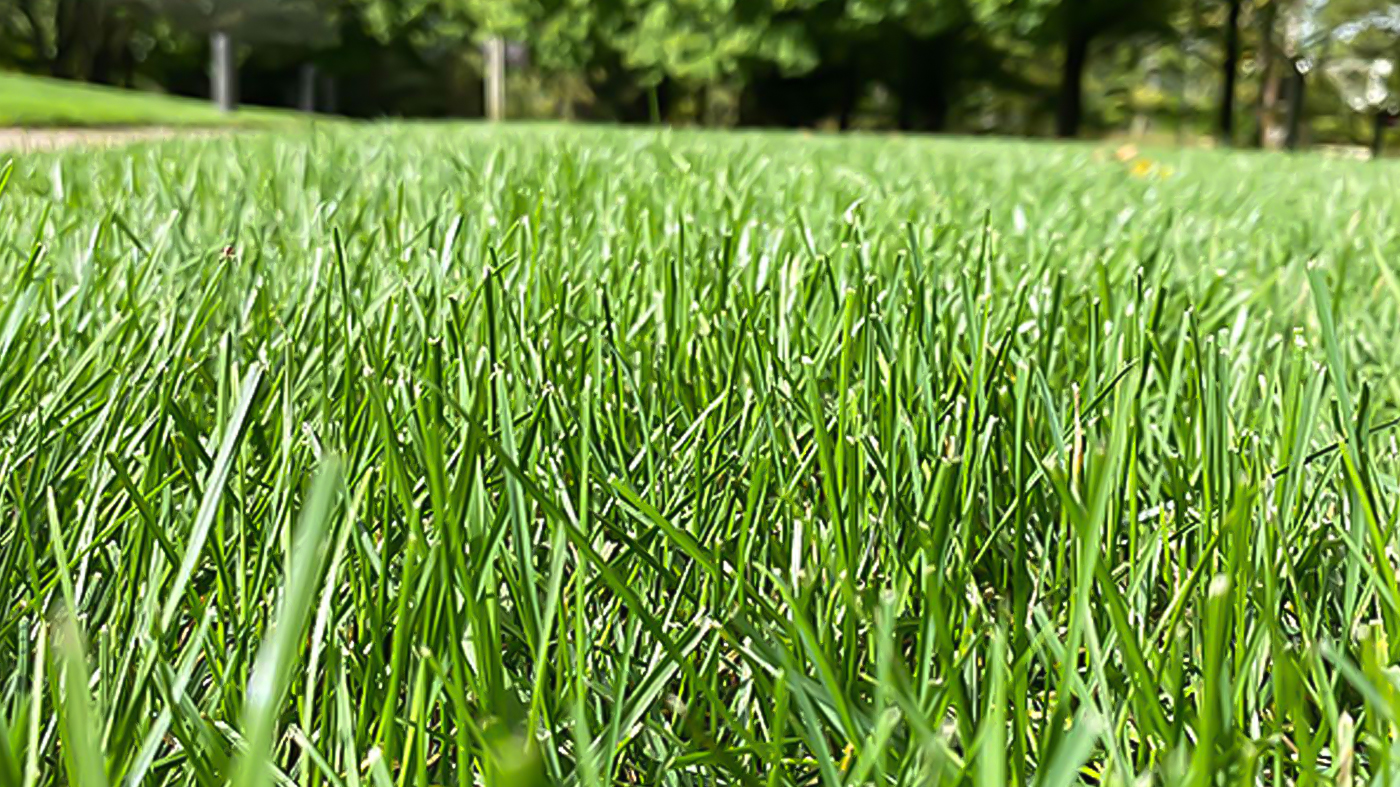Susceptible Plants
Lawn grasses
Description & Symptoms
The annual white grub is the most common grub that causes lawn damage in Illinois. The large C-shaped, creamy white grub with three pairs of legs and a dark head is the larval stage of the masked chafer beetle. Unlike the Japanese beetle, which has a similar lawn-damaging larva, the adult chafer beetle does not feed on plants and causes no damage. Its larvae, however, cause extensive damage to lawns.
Timing & Life Cycle
Annual white grubs have a one-year life cycle. Adult chafer beetles are attracted to vigorously growing turf with damp soil, where they lay their eggs in July. The grubs hatch and feed on decaying organic matter and sod roots until October. When temperatures begin to drop, they tunnel downward in the soil to overwinter. In spring, the grubs move up in the soil and resume feeding. They pupate in May and emerge a few weeks later as adult chafer beetles.
Damage
When found in large numbers, annual white grubs cause serious lawn damage because they chew on grass roots. Grubs are especially prevalent in sunny lawns near pavements. Damage is most severe from August to early fall. In dry summers, heavily irrigated lawns may suffer more damage because adult beetles will be attracted to those areas to lay their eggs. In wet summers, grub populations usually are more dispersed and damage is less severe.
In infested lawns, grass browns and large sections often can be peeled back from the ground. Lawn damage sometimes is compounded by raccoons and skunks, who dig for grubs. Occasionally, raccoons and skunks will return to a lawn after grubs have been eradicated, causing further damage. Other conditions also cause browning of turf grass, so it is important to identify grubs before deciding on treatment.
Treatment & Solutions
Lawns can withstand a grub population of up to 12 grubs per square foot before suffering any damage, although lower populations may attract skunks and raccoons. At higher populations, chemical treatments are usually warranted and are generally applied in early July. Only areas of lawn with grubs or grub damage should be treated. It is unnecessary to treat an entire lawn if grubs are located only in certain areas.



